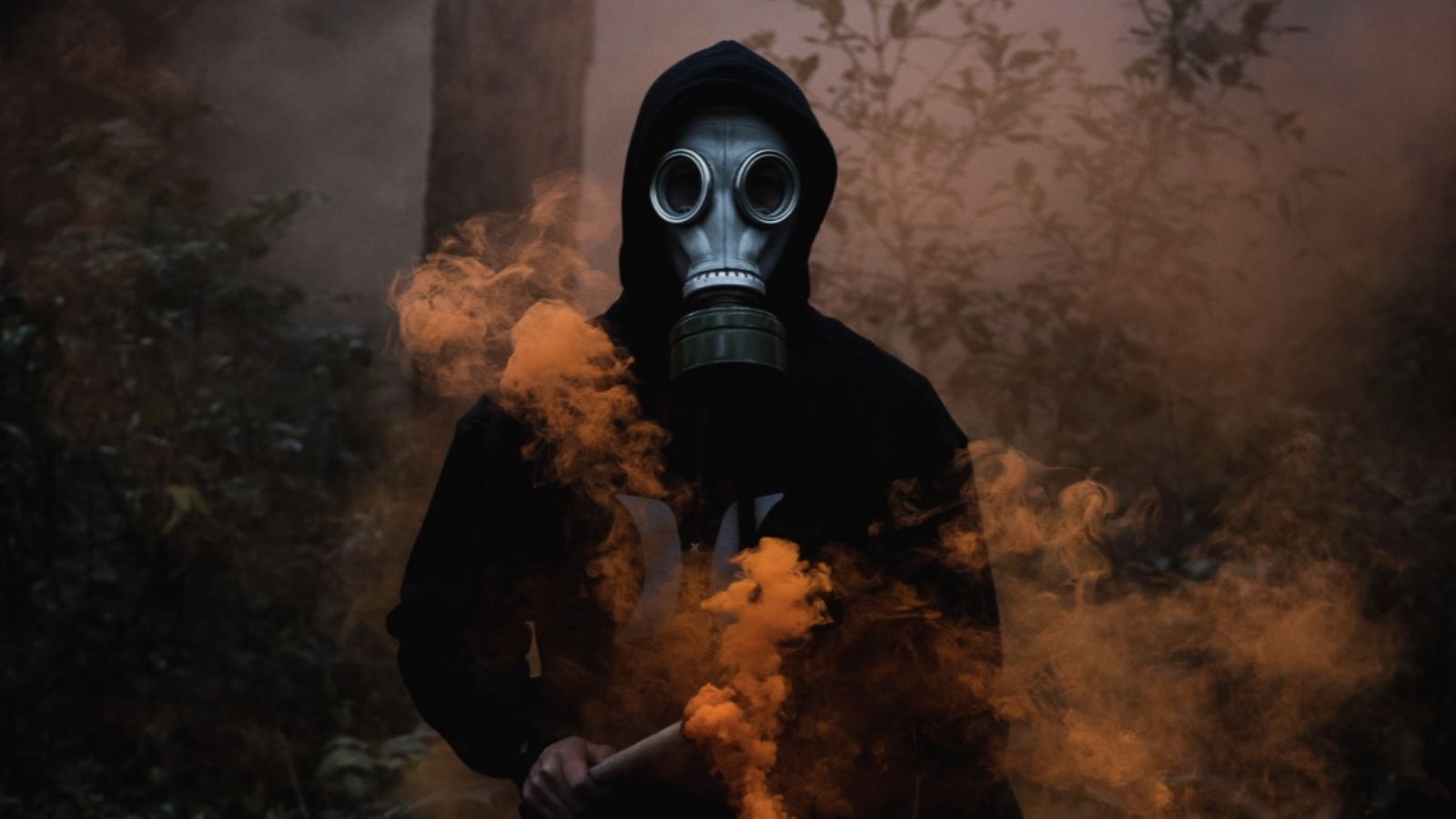There has been a lot of discussion about toxicity recently. Historically reserved for dangerous substances, the adjective is now used to describe cultures, environments and people.
Like many abstractions and metaphors, the focus has shifted from the physical to the psychological; a repeating pattern in the last few decades.
So, just as Hydrogen Cyanide – a well-known chemical toxin – can threaten the wellbeing of anyone inhaling it in sufficient quantity, so too can a toxic person or team compromise the mental health of anyone exposed to them for long enough. At least, that is the theory…
Having worked in and on teams that have exhibited behaviour that could certainly be described as toxic, I’m aware that the comparison with lethal substances is limited.
Firstly, what is experienced as toxic by one person, may not be by another. For example, what one person calls banter, another might call bullying. In contrast, as far as I am aware, HCN is a danger to all humans.
Secondly, psychological toxicity is only ever experienced in terms of a relationship with one or more people. Relationships are always reciprocal – in other words, one’s own behaviour will impact, to a greater or lesser degree, the toxic nature of that relationship. Chemical toxins do not allow you such discretion.
At this point I need to emphasise that toxic behaviour, individuals, cultures and teams are all, unequivocally, unacceptable, in any shape, form or context. There is never justification for contributing to any sense of belittlement, worthlessness, shame or fear.
On that note, it is imperative, as many advocate, that we do all in our power to eradicate this kind of behaviour.
But, however necessary this may be, it will never be sufficient in isolation.
Not only do we need to address the perpetrators of all unacceptable behaviour, we also need to empower their ‘targets’ with the resilience to transform, or at least mitigate, the potential impact of toxic behaviour.
Any imbalance in this two-pronged approach will result in either withholding the possibility of developing resilience on the one hand, or ‘victim-blaming’ on the other. Both extremes will result in unsustainable solutions.
Psychological Safety is not just a feature of an environment, it can be something we carry with us wherever we are. Empowering people to do this is simply a process of developing self-awareness and understanding the inner dynamics behind our thinking, feeling and perception. Seeing our inner world with clarity allows us to see that of others.
This is not a process of education or training – which can be forgotten – it’s a process of development and insight. Once seen, you cannot unsee it.
So let’s not just create psychologically safe spaces, let’s create psychologically safe people too.


Add a Comment